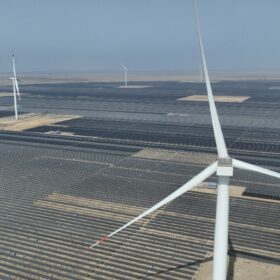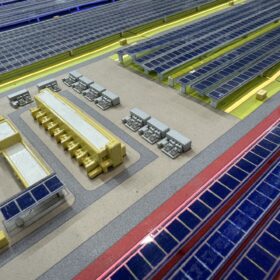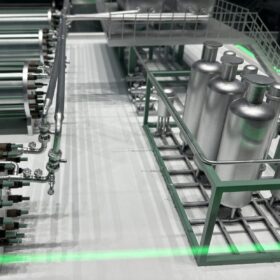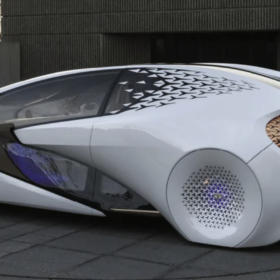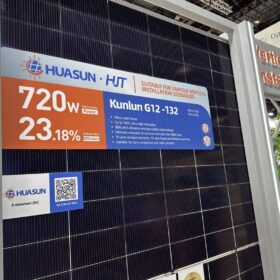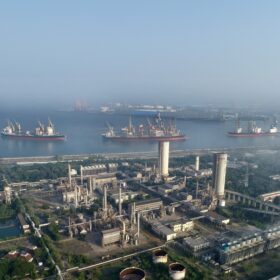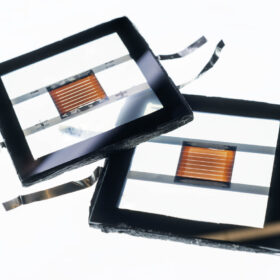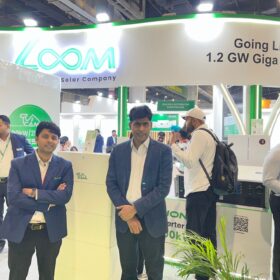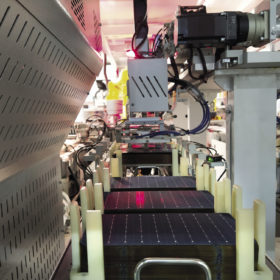Global cleantech investment expected to surpass fossil fuels for the first time in 2025
Global clean energy supply investments will reach $670 billion this year, said a report from S&P Global Commodity Insights.
Optimizing photovoltaic systems: Best practices for economic, technical key performance indicators
As the global solar energy industry grows, so does the need for accurate monitoring of performance and financial viability. The latest report by IEA PVPS Task 13, “Best Practice Guidelines for the Use of Economic and Technical KPIs,” provides a comprehensive framework to address this issue. This article explores the importance, methodologies, and applications of Key Performance Indicators (KPIs), with a focus on their role in optimizing PV systems.
Solar discovery could transform hydrogen production
An international study led by Flinders University in Australia has advanced nanoscale chemistry to further develop sustainable and efficient generation of hydrogen from water using solar power.
Middle-mile logistics: Why commercial EVs are the missing link in sustainable supply chains
As dark stores move closer to consumers to reduce turnaround times, the demand for frequent, efficient restocking has surged. This shift has brought the middle mile into focus as a space ripe for innovation, particularly through the integration of commercial electric vehicles (EVs).
Japan keeps lead in solid-state battery development
While China, South Korea, Europe, and the United States are also engaged in active development of all solid-state batteries, Japan is leading the charge, offering generous subsidies to technology proponents.
Huasun debuts 720 W solar modules for vertical PV projects
Huasun has launched its 720 W Kunlun G12 dual-glass bifacial solar panels for vertical PV projects at the World Future Economic Summit in Abu Dhabi. The panels feature a 23.2% power conversion efficiency and enhanced mechanical stress resistance with a steel alloy frame.
AM Green, DP World partner on building logistics, storage infrastructure for green molecules
AM Green has partnered with DP World to jointly develop logistics and storage infrastructure to facilitate the global export of 1 million tonnes per annum (mtpa) of green ammonia and 1 mtpa of green methanol from its plants in India.
U.S.-made perovskite-silicon tandem solar modules could be produced at around $0.35/W
Techno-economic analysis conducted by NREL researchers has shown how perovskite-silicon tandem solar modules could currently hardly compete in cost with incumbent PV panels. Production costs for U.S.-made tandem products were found to range between $0.29/W and $0.42/W, with module efficiencies ranging from 25% to 30%.
Where will lithium-ion battery prices go in 2025?
After tumbling to record low in 2024 on the back of lower metal costs and increased scale, lithium-ion battery prices are expected to enter a period of stabilization.
Field testing shows perovskite solar modules can retain 78% of their initial efficiency after one year
Researchers from Belgium and the University of Cyprus have completed outdoor stability tests of perovskite solar mini-modules providing two-years of data on stability performance. The tests showed that the modules’ performance loss rates during the burn-in period of perovskites ranged between 7% and 8% per month.
